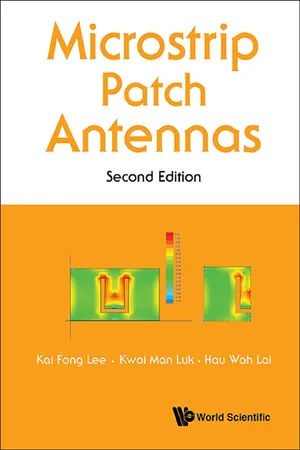
- 688 pages
- English
- ePUB (mobile friendly)
- Available on iOS & Android
Microstrip Patch Antennas
About this book
-->
Microstrip patch antennas have become the favorite of antenna designers because of their versatility and having the advantages of planar profile, ease of fabrication, compatibility with integrated circuit technology, and conformability with a shaped surface. There is a need for graduate students and practicing engineers to gain an in depth understanding of this subject. The first edition of this book, published in 2011, was written with this purpose in mind. This second edition contains approximately one third new materials. The authors, Prof KF Lee, Prof KM Luk and Dr HW Lai, have all made significant contributions in the field. Prof Lee and Prof Luk are IEEE Fellows. Prof Lee was the recipient of the 2009 John Kraus Antenna Award of the IEEE Antennas and Propagation Society while Prof. Luk receives the same award in 2017, both in recognition of their contributions to wideband microstrip antennas.
--> Contents:
- Introduction
- Review of Some Background Materials
- General Formulation of the Cavity Model
- Characteristics of the Rectangular Patch Antenna
- Characteristics of the Circular Patch Antenna
- The Annular-Ring Patch and the Equitriangular Patch
- Introduction to Full Wave Analysis
- Microstrip Patch Antennas with Adjustable Air Gaps
- Broadbanding Techniques I — General Principles, Probe Compensation, Coplanar Parasitic Patches, Stacked Parasitic Patches
- Broadbanding Techniques II — The U-Slot Patch Antenna
- Broadbanding Techniques III — The L-Probe Coupled Patch and the Meandering-Probe Fed Patch
- Broadbanding Techniques IV — Aperture Coupled Patches
- Size Reduction Techniques
- Dual- and Multi-Band Designs
- Dual Polarized Patch Antenna Designs
- Circular Polarization
- Reconfigurable Microstrip Patch Antennas
- Microstrip Antenna Array I — Basic Principles and Examples of Design Below 5 GHz
- Microstrip Antenna Array II — Sixty (60) GHz Antenna Array Design and Applications
- Novel Material Patch Antennas
- -->
--> Readership: Graduate students, academics and antenna designers in the industry. -->
Keywords:Microstrip Antennas;Printed Antennas;Planar AntennasReview:Review of the First Edition:
"With problems at the end of each chapter and many references, this book on MPA is an outstanding textbook for a graduate course or as a self-study guide for the practicing engineer. It will not only give the reader a firm understanding of the fundamentals of MPAs but will also provide the necessary tools for designing and optimizing MPAs. Anyone who designs MPAs or wants to learn about them needs to get a copy of this book."
IEEE Electrical Insulation Magazine
Key Features:- Although there are a number of books on microstrip antennas, they were written as reference books rather than as textbooks. The proposed book will present the subject in a way that is suitable as a textbook for a graduate course on antennas, or as a self-study textbook for practicing engineers
- As befits a textbook, there are problems and/or mini-projects at the end of each chapter, which are absent in existing books on microstrip antennas. The first edition of the book has been classroom tested by Professor K F Lee in his graduate course on Microstrip Antennas at The University of Mississippi and in the short courses he gave at City University of Hong Kong and National University of Singapore
- The authors have been active contributors to microstrip antenna development since the 1980's. Professor K F Lee was one of the early pioneers. They are well recognized, as evident from the frequent citations to their work in the microstrip antenna literature. This book will draw on many of their own contributions. Describing these contributions first hand will stand out from existing publications
Frequently asked questions
- Essential is ideal for learners and professionals who enjoy exploring a wide range of subjects. Access the Essential Library with 800,000+ trusted titles and best-sellers across business, personal growth, and the humanities. Includes unlimited reading time and Standard Read Aloud voice.
- Complete: Perfect for advanced learners and researchers needing full, unrestricted access. Unlock 1.4M+ books across hundreds of subjects, including academic and specialized titles. The Complete Plan also includes advanced features like Premium Read Aloud and Research Assistant.
Please note we cannot support devices running on iOS 13 and Android 7 or earlier. Learn more about using the app.
Information
Chapter 1
Introduction
1.1Introductory Remarks
1.2Conventional Antennas
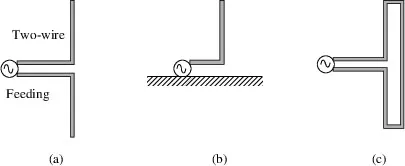


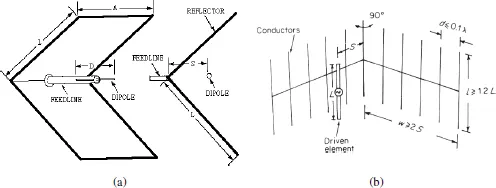
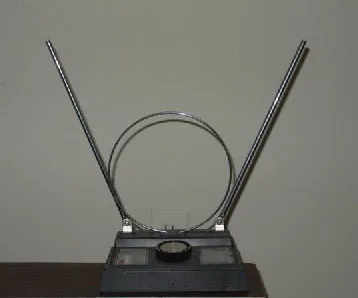
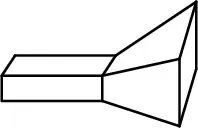
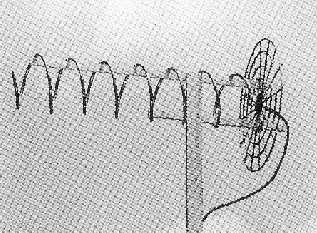
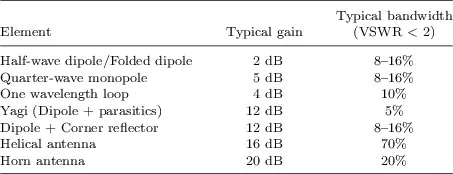

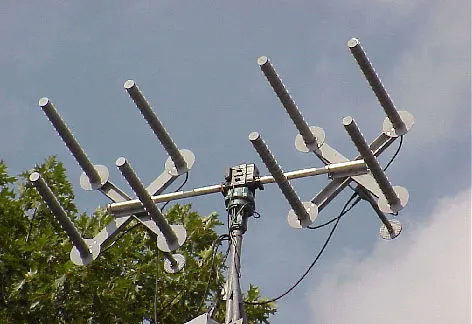


Table of contents
- Cover
- Halftitle
- Title
- Coyright
- Preface to First Edition
- Preface to Second Edition
- Acknowledgments
- Contents
- Chapter 1. Introduction
- Chapter 2. Review of Some Background Materials
- Chapter 3. General Formulation of the Cavity Model
- Chapter 4. Characteristics of the Rectangular Patch Antenna
- Chapter 5. Characteristics of the Circular Patch Antenna
- Chapter 6. The Annular-Ring Patch and the Equitriangular Patch
- Chapter 7. Introduction to Full Wave Analysis
- Chapter 8. Microstrip Patch Antennas with Adjustable Air Gaps
- Chapter 9. Broadbanding Techniques I — General Principles, Probe Compensation, Coplanar Parasitic Patches, Stacked Parasitic Patches
- Chapter 10. Broadbanding Techniques II — The U-Slot Patch Antenna
- Chapter 11. Broadbanding Techniques III — The L-Probe Coupled Patch and the Meandering-Probe Fed Patch
- Chapter 12. Broadbanding Techniques IV — Aperture Coupled Patches
- Chapter 13. Size Reduction Techniques
- Chapter 14. Dual- and Multi-Band Designs
- Chapter 15. Dual Polarized Patch Antenna Designs
- Chapter 16. Circular Polarization
- *Chapter 17. Reconfigurable Microstrip Patch Antennas
- Chapter 18. Microstrip Antenna Array I — Basic Principles and Examples of Design Below 5 GHz
- *Chapter 19. Microstrip Antenna Array II — Sixty (60) GHz Antenna Array Design and Applications
- *Chapter 20. Novel Material Patch Antennas
- Index